









(via A Rare Ford Mustang Mach 1 428 Cobra Jet “G Force”)
from Tumblr https://somar78.tumblr.com/post/668821703200325632
This is the original Dodge Dart Swinger 340 concept car that was first shown to the world at the 1969 Chicago Auto Show, it was a precursor to the upcoming 1970 Dodge Dart Swinger production car with many styling elements making it onto the final vehicle.
This concept car was off the radar for many years, only resurfacing when it was acquired by Steven Juliano and given a careful restoration back to the condition it was in for the 1969 auto show circuit.
The Dodge Dart was original introduced back in 1959 as a less costly full-sized Dodge, it became a mid-sized car in 1962, and then from 1963 onwards it became a compact car. The Darts that are best remembered now are the V8 two-door performance version of the Dart that became popular in the late 1960s and 1970s.
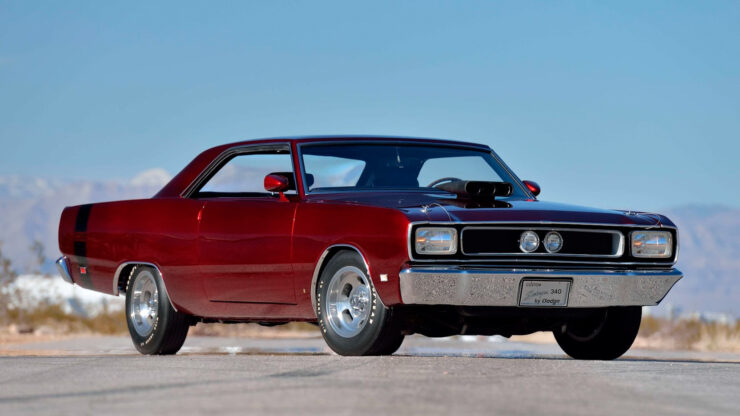
The styling of the concept car was a sign of things to come with the 1970 Dodge Dart Swinger, with some of the design elements being carried over.
The production Dodge Dart Swinger appeared in 1969 as the two-door hardtop version of the model alongside the Custom, GT, and GTS trim levels. The two-door Dart proved a popular alternative to the more common Mustang and Camaro V8 models.
It’s likely that the 1969 Dodge Dart Swinger 340 concept car was developed to test the waters with the design changes intended for the 1970 model.
The concept car is based on a fourth generation Dodge Dart two-door, it’s been given a series of styling upgrades including a distinctive new front end, a new rear, square Cibie headlights accompanied by inboard fog lamps, a black bucket seat interior, an elevated hood scoop, hood hold-down pins, Ansen Sprint slotted aluminum wheels, and the wipers were deleted for a cleaner look.
Much of the design and all of the construction of the Dart Swinger 340 concept car was handled by the famous Alexander Brothers in Detroit made up of Mike and Larry Alexander – two brothers who studied automobile body and fender work at a trade school thanks to the GI Bill.
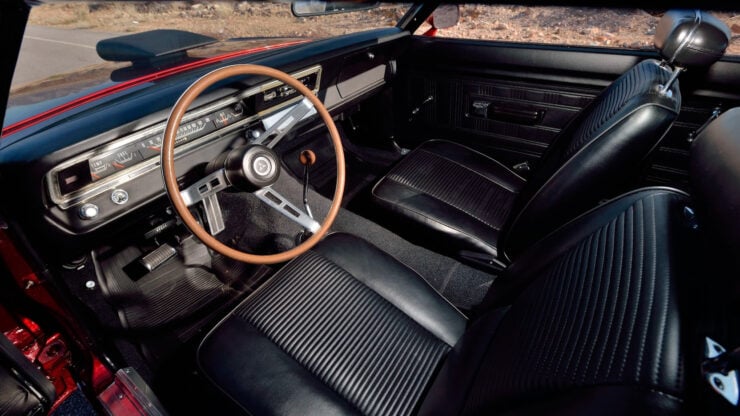
The interior was largely the same as the production Dart Swinger, with black bucket seats, a wood-rimmed steering wheel, and a Hurst shifter atop a 4-speed transmission.
Mike and Larry started out doing repair work on cars in their father’s one-car garage however by 1957 they realized they had enough work coming in to sustain themselves as a business, and so they set up the Alexander Brothers Custom Shop in Detroit.
Between 1957 and 1969 over 60 custom cars rolled out of the Alexander Brothers shop, many of them were highly influential and the Dodge Dart Swinger must have been one of the final cars out of their garage before they shutdown due to a planned highway through the area.
The Dodge Dart Swinger 340 concept car is now due to be offered for auction in January in immaculately restored condition.
Great care was taken to get the Maroon Metallic paintwork and the black tail stripe correct as per the original design, and it’s powered by the original 340 cubic inch V8 mated to the correct 4-speed manual transmission with a Hurst shifter.
If you’d like to read more about this unusual Dart of register to bid you can click here to visit the listing.
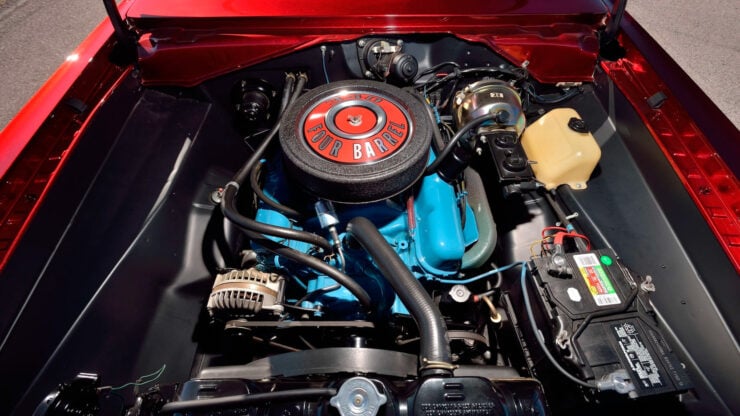
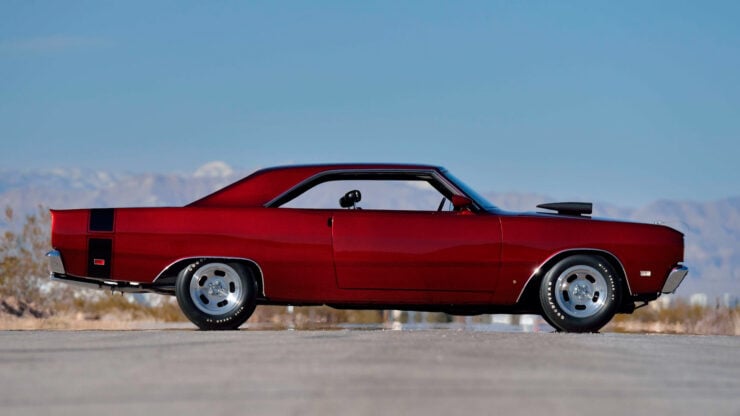

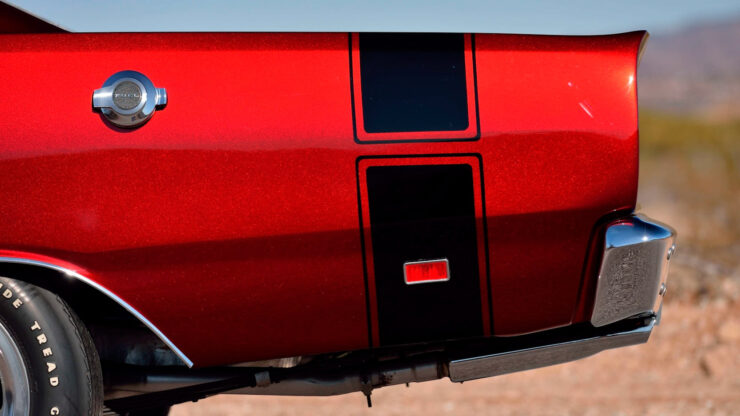
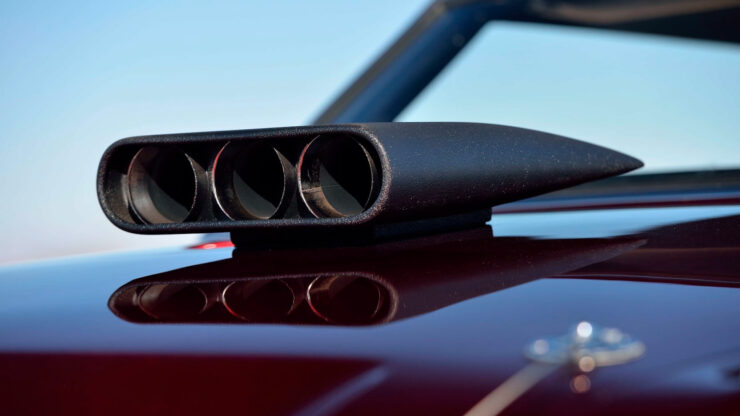
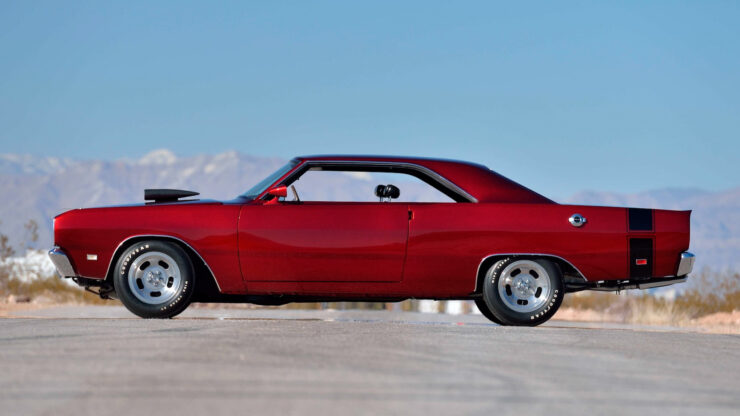
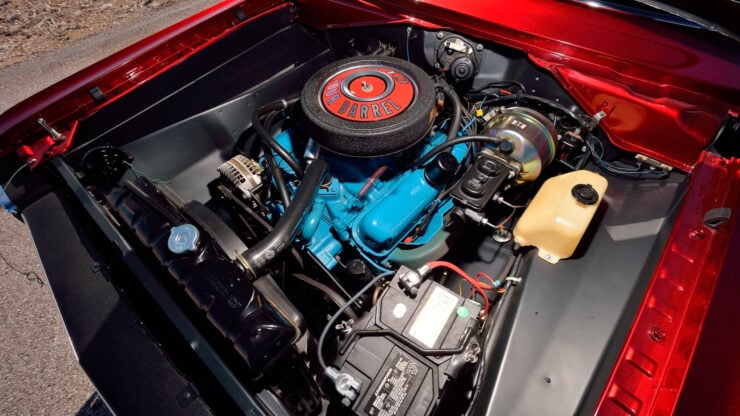
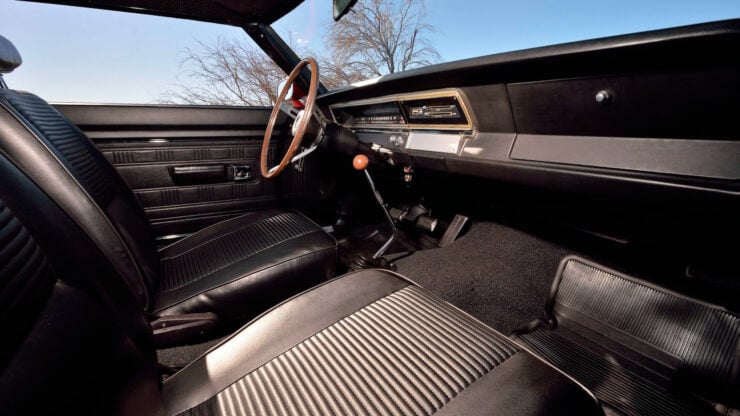
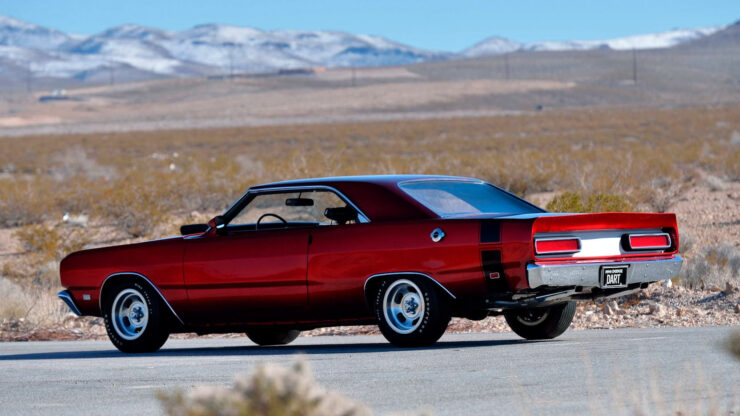
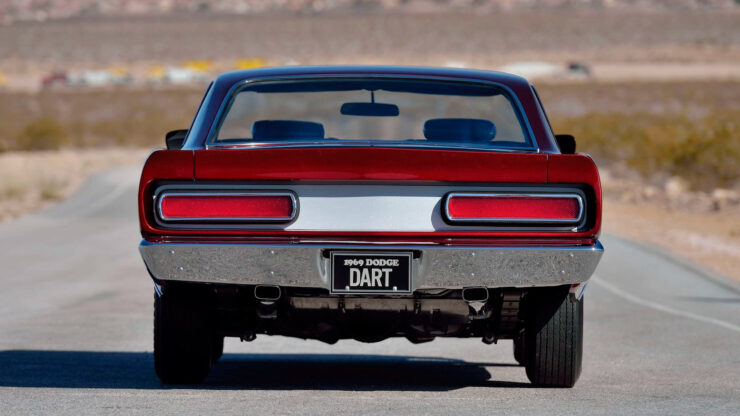
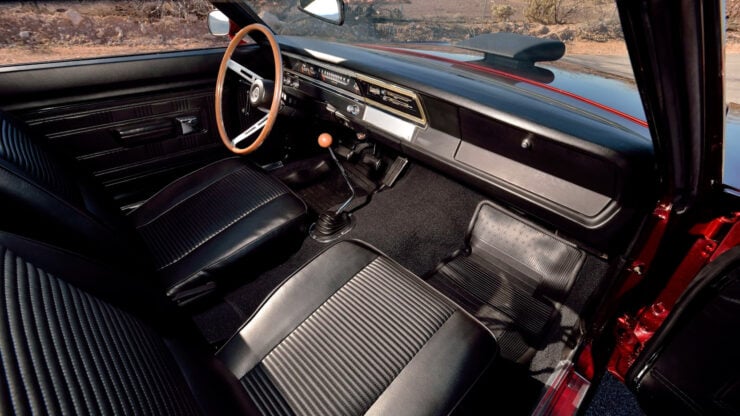
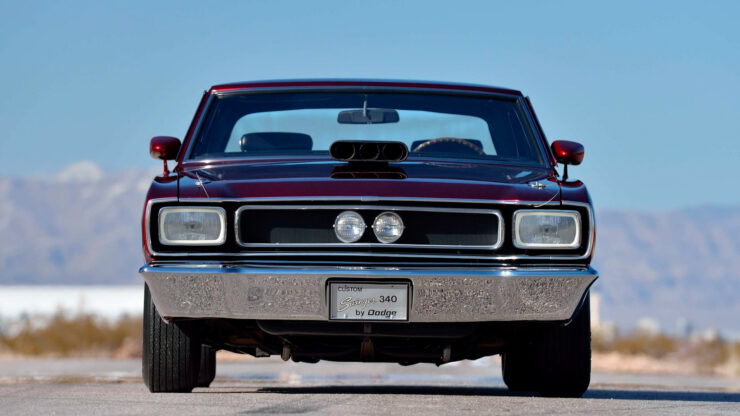
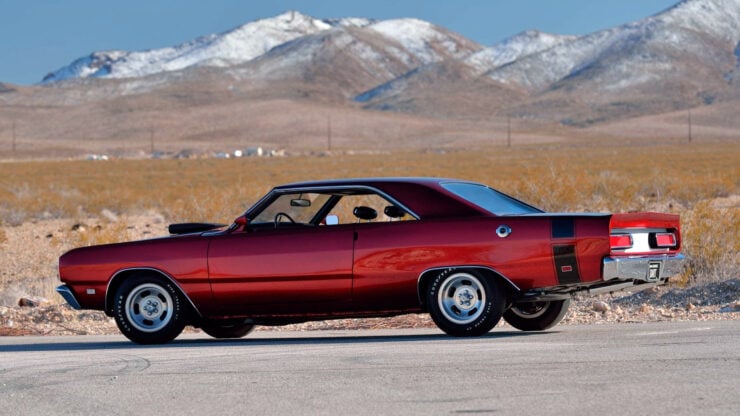
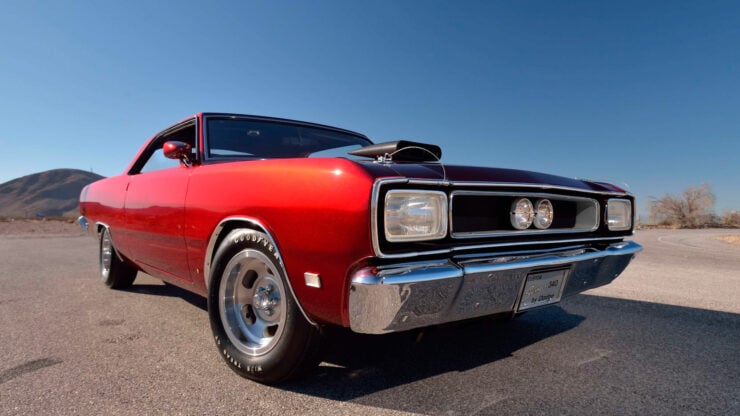
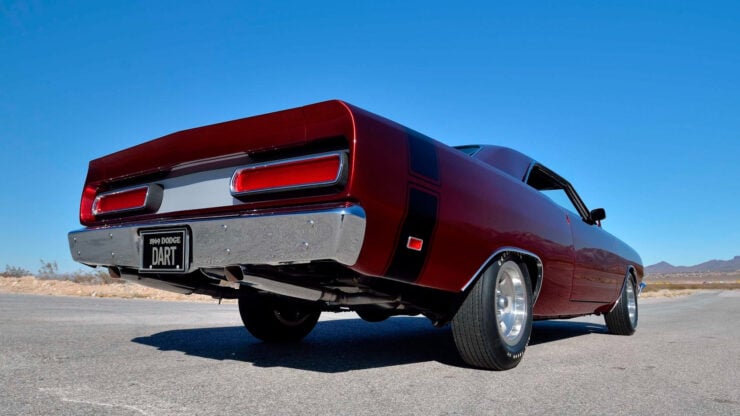
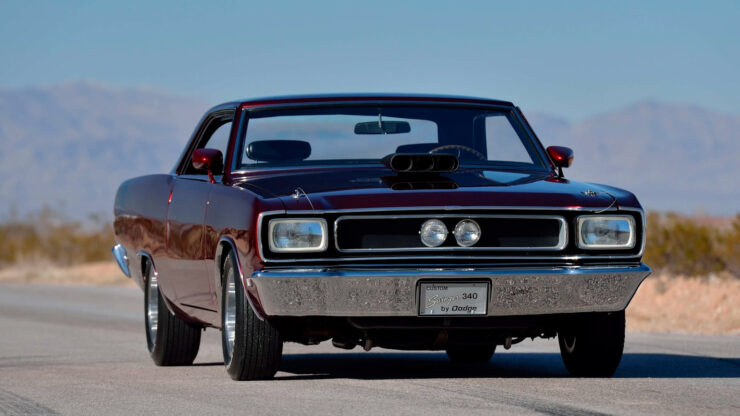
Images courtesy of Mecum
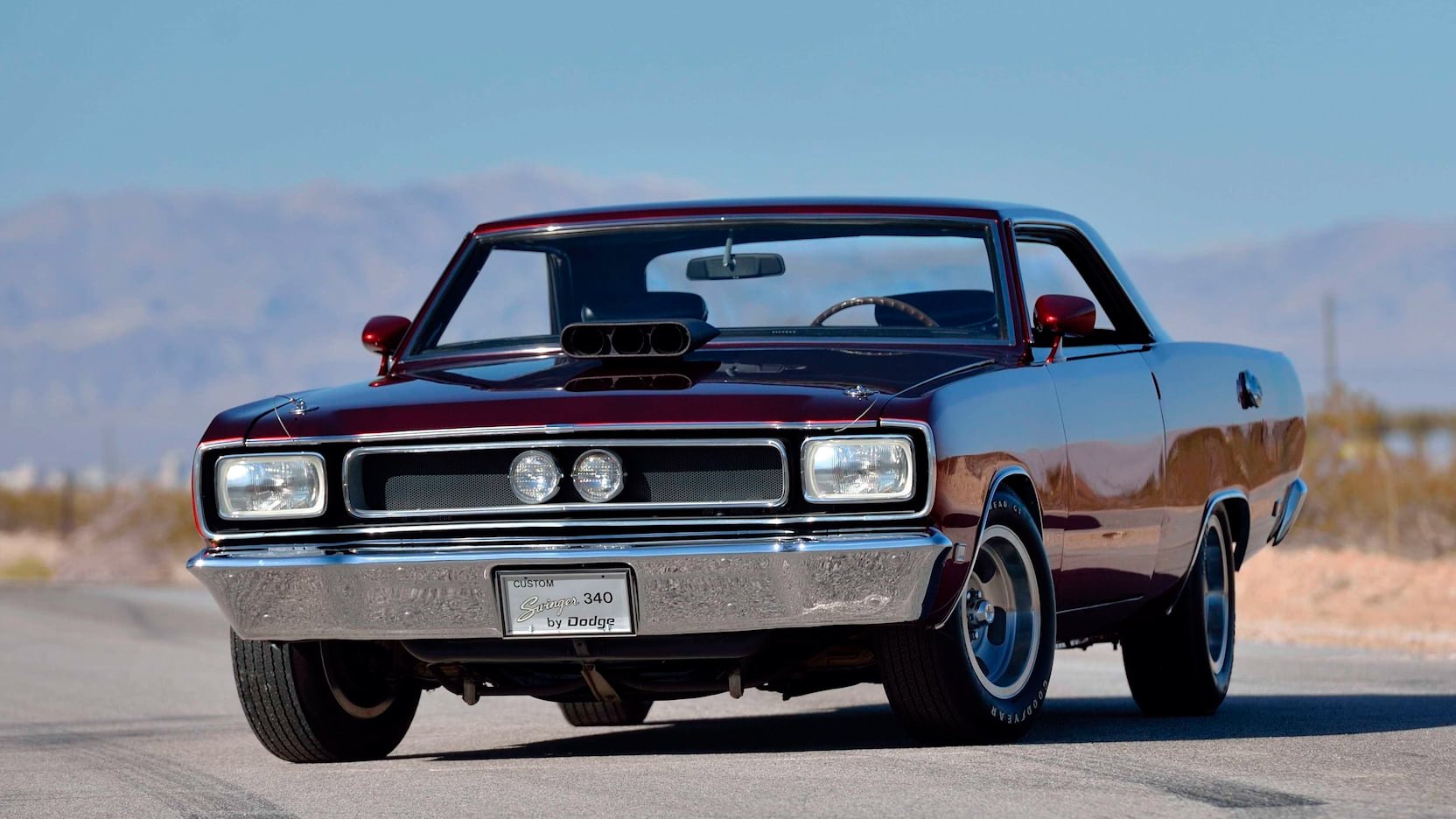
The post For Sale: The Dodge Dart Swinger 340 Concept Car From 1969 appeared first on Silodrome.
The Spectre Type 10 is a Mini that’s been completely rebuilt into a 230 hp, mid-engined, rear-wheel drive miniature supercar.
We’ve all seen the remarkable reimagined Porsche 911s that roll out of the Singer workshop in California and the beautiful Eagle E-Types from England – the Spectre Type 10 is essentially what happens when this same philosophy is applied to the classic British Mini.
There can be little doubt that the Spectre Type 10 is the most remarkable Mini in low-volume production today. The company’s Creative Director is Marco Lii, an Emmy award-winning animator who approached the interior design of the Type 10 with a blank slate. The results are unlike any other car on the road.
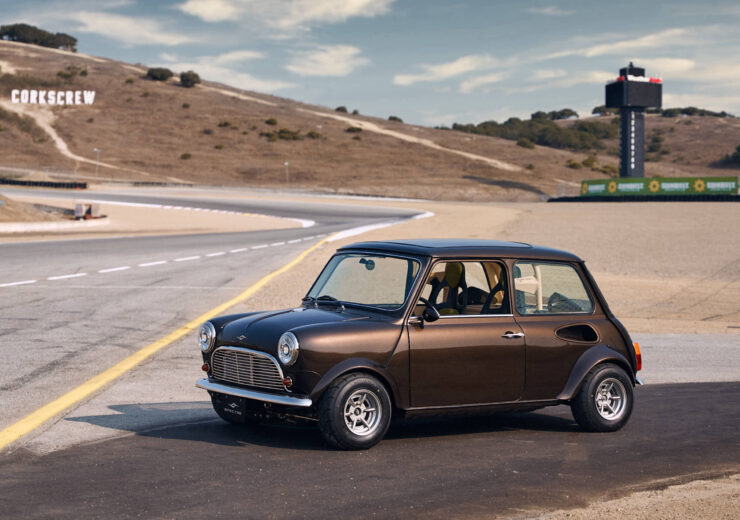
The rear-mounted Honda VTEC K20 engine sends 230+ bhp to the rear wheels, making this Mini considerably faster than even the most ambitiously tuned classic Mini Cooper S.
The team behind the Type 10 are all life-long fans of the original Mini, and so early on in the design phase they opted to keep the exterior of the car looking as close to stock as possible.
The only major clues as to what lies beneath are the air intake on the left side above the rear wheel arch and the new tailgate that now includes a grille with twin exhausts exiting out either side.
Far from being a standard shoehorn engine swap, the Type 10 is almost an entirely new bespoke car. As much of the original Mini unibody shell as possible is kept, however the completed vehicle features entirely new suspension, brakes, and wheels, with a new engine, transmission, and differential, an all new interior, and a new rear subframe with an integrated roll cage.
The original Mini is famous for its front-mounted four-cylinder engine with its integrated transmission which is mounted transversely, or sideways, in the front powering the front two wheels. This same fundamental layout is now used by the majority of compact cars in production.
Above Film: This short film is part of the Spectre Insider Series, each episode gives a look into a different aspect of the car. Click here to see the full series on YouTube.
The team at Spectre decided to flip this layout on its head, taking the 2.0 liter Honda VTEC K20 four-cylinder engine and installing it in the rear along with the 6-speed transmission to power the back wheels rather than the front.
This required an understandably vast amount of engineering to get right, new suspension had to be designed from scratch and the whole endeavor was made all the more complex by the decision to keep the original 10 inch wheel size.
Honda’s K20 engine is famous for its reliability, making it an ideal choice in an application like this with an engine bay of limited size. In its current state of tune it’s developing 230 bhp which is sent to the rear wheels via its 6-speed gearbox and limited slip differential.
The radiator and cooling systems are mounted up front, with insulated tubes running back and forth to the engine bay to keep everything cool.
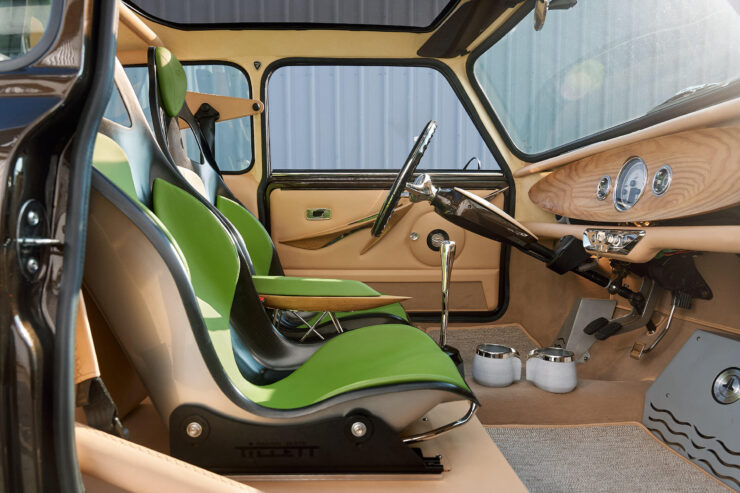
The beautiful interior was designed by Marco Lii using Japanese, Bauhaus, and mid-century modern design influences.
The inside of the Type 10 is entirely unique, Creative Director is Marco Lii explains that he took inspiration “from the Japanese mudroom, the Bauhaus movement, and mid-century modern design.”
The central arm rest, the dashboard, and door-mounted armrests are all carved from solid wood. The floor covering is a tatami-like mat, and the seats are carbon fiber fitted with carefully applied upholstery.
The first comment when many people make when they sit inside a classic Mini for the first time is that it seems more spacious than they expected, this is further enhanced on the Type 10 thanks to the car’s Sky Panel. Essentially a single sheet glass roof that showcases the interior to people on the outside, and showcases the landscape to the people on the inside.
The finished car is unquestionably a Mini and there’s no doubt it would be immediately recognized by its original designer Alec Issigonis. The re-engineering that’s been applied to the car has made it vastly quicker without losing its soul, and the interior is a work of art all on its own.
If you’d like to read more about the Spectre Type 10 or place your order for one of the 10 that are planned to be made you can click here to visit the official website.
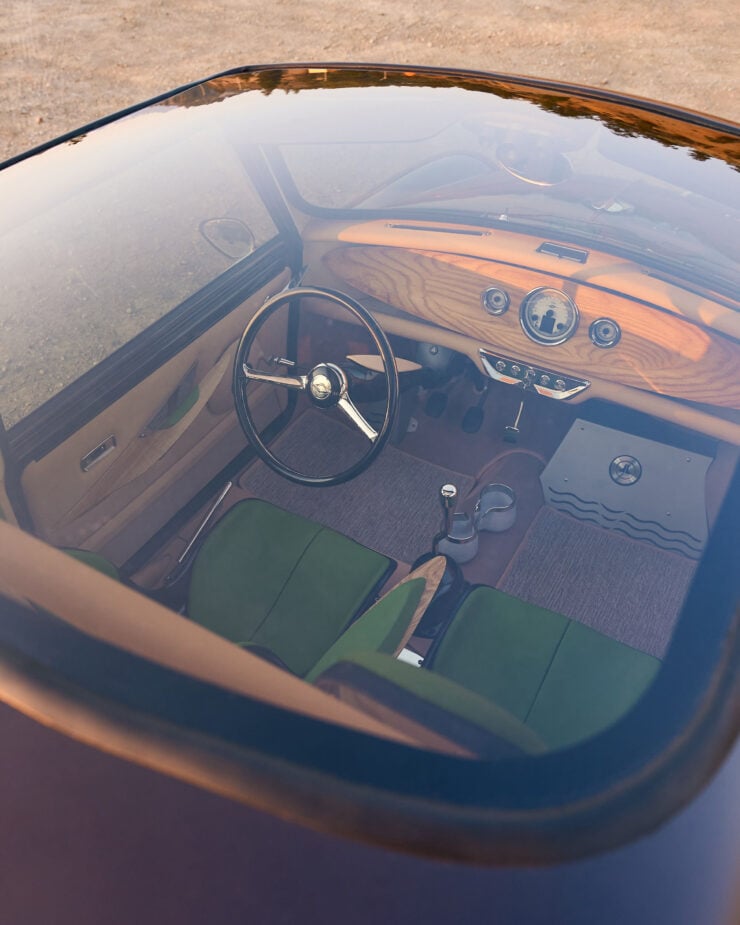
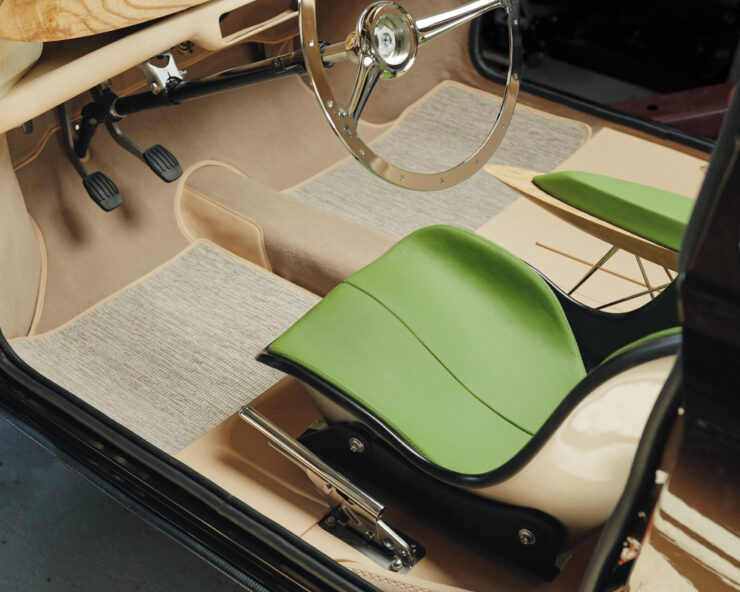
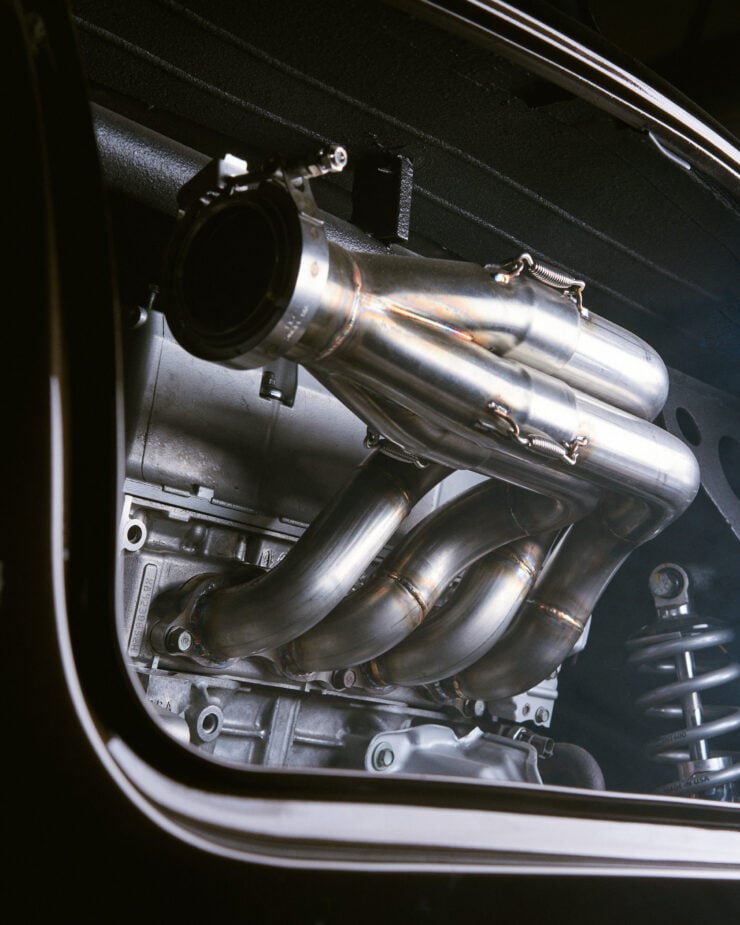
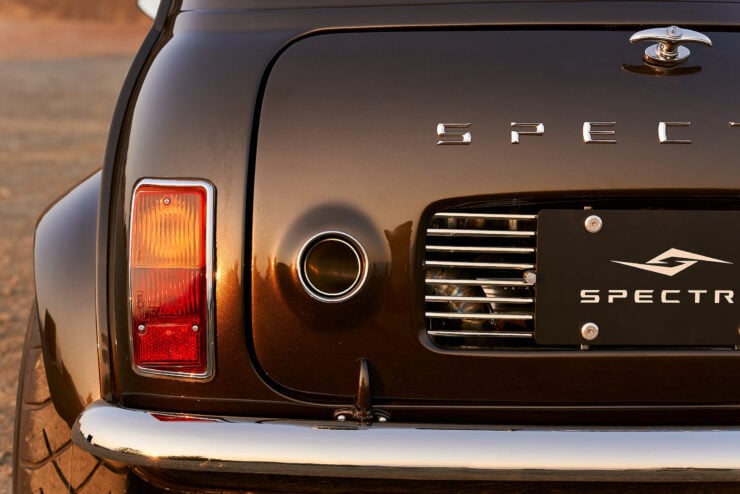
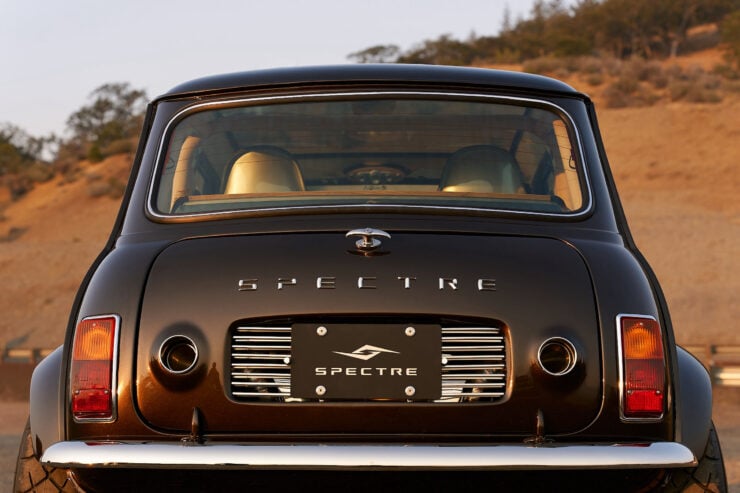
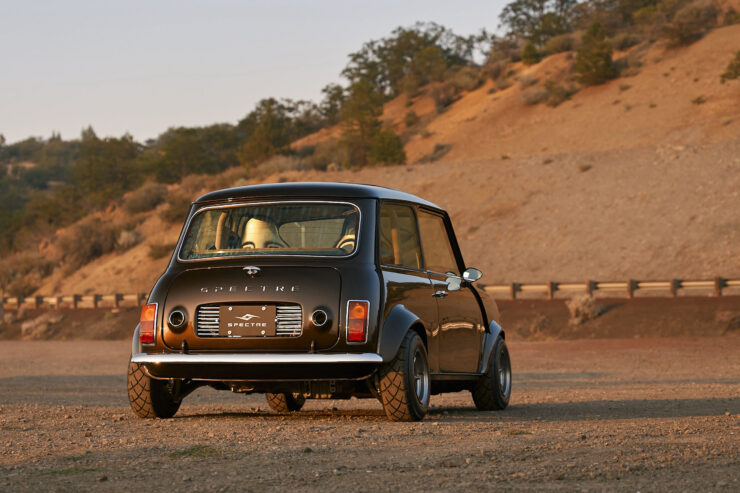
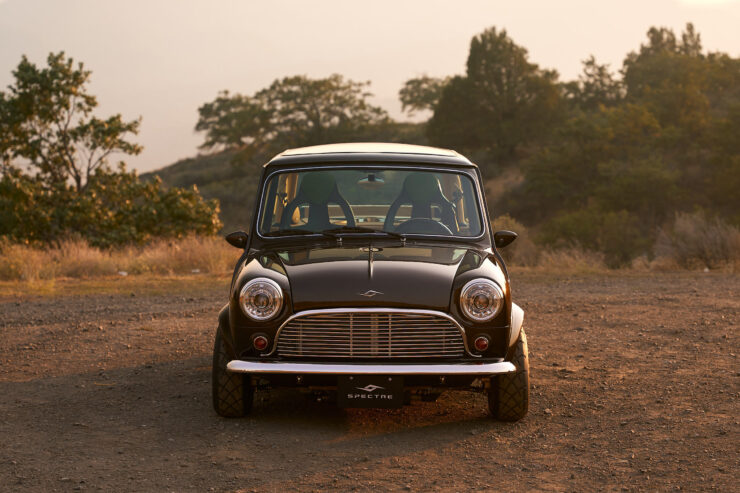
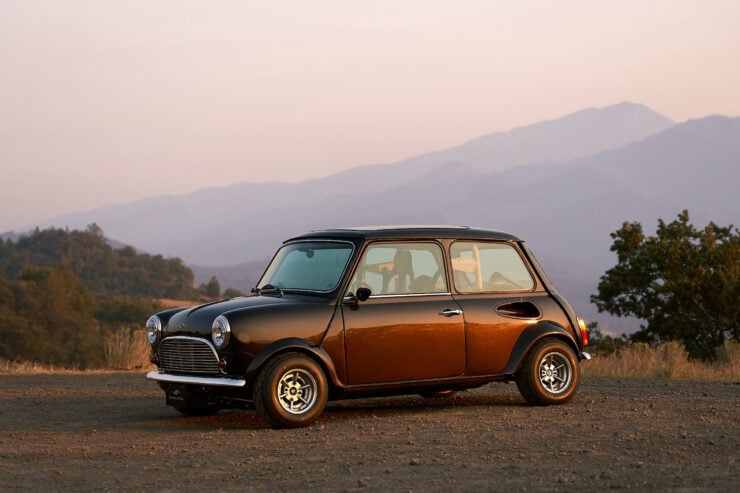
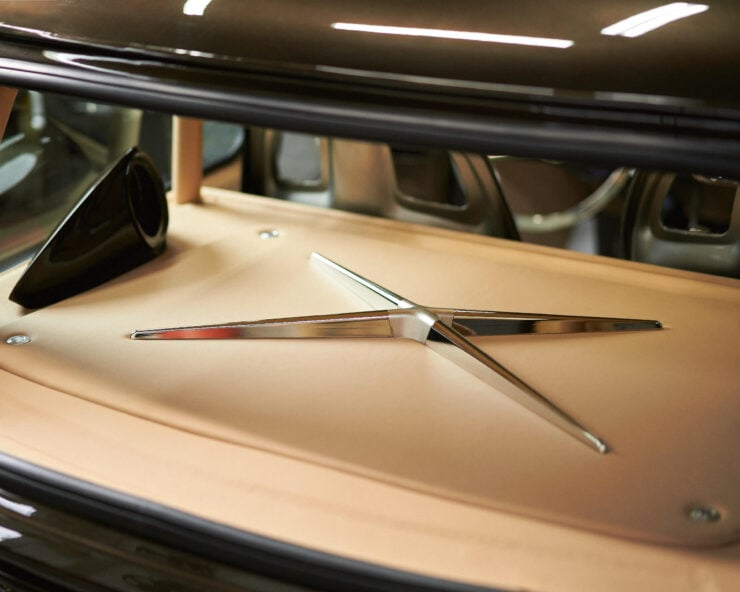
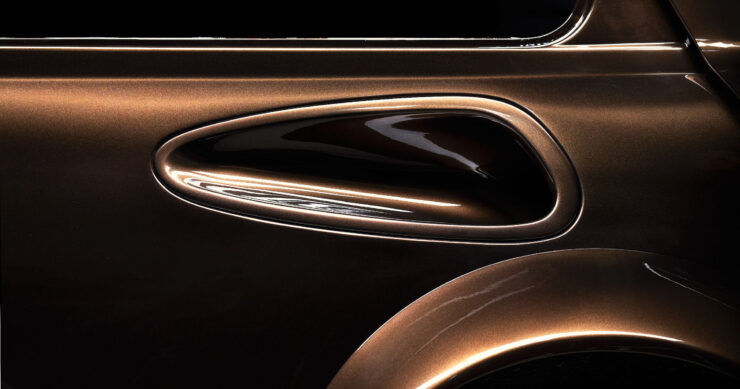
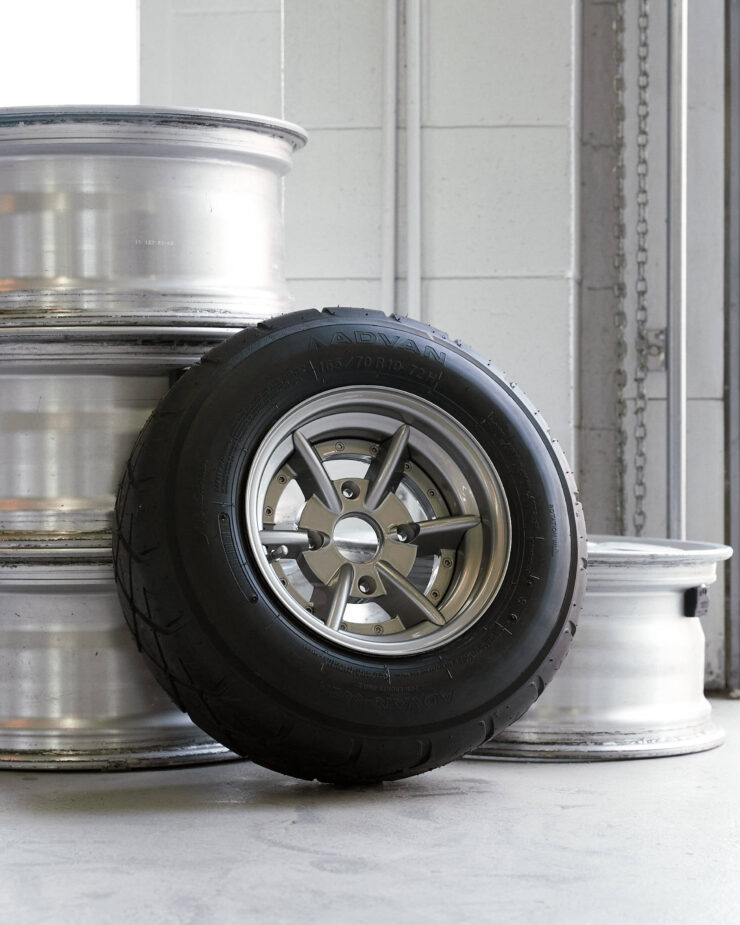
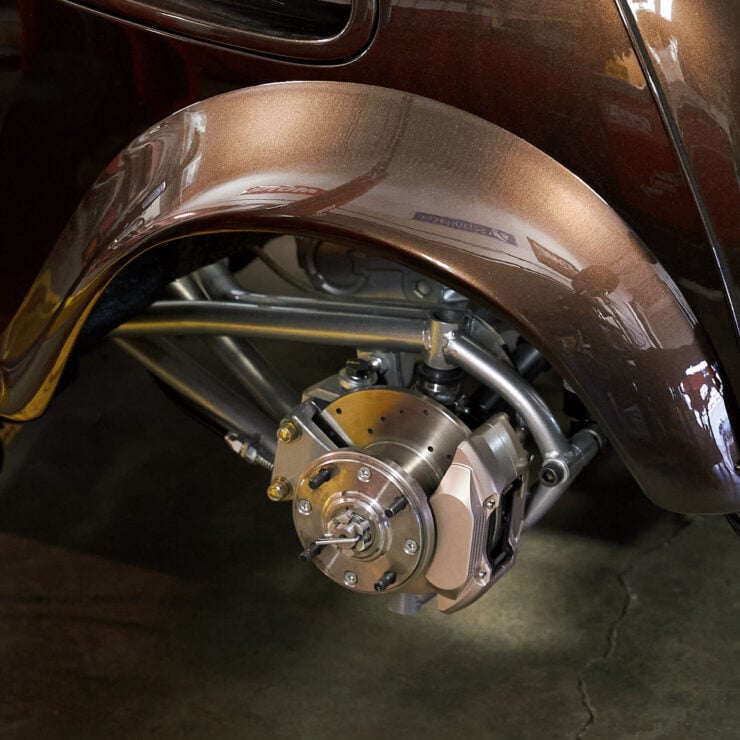
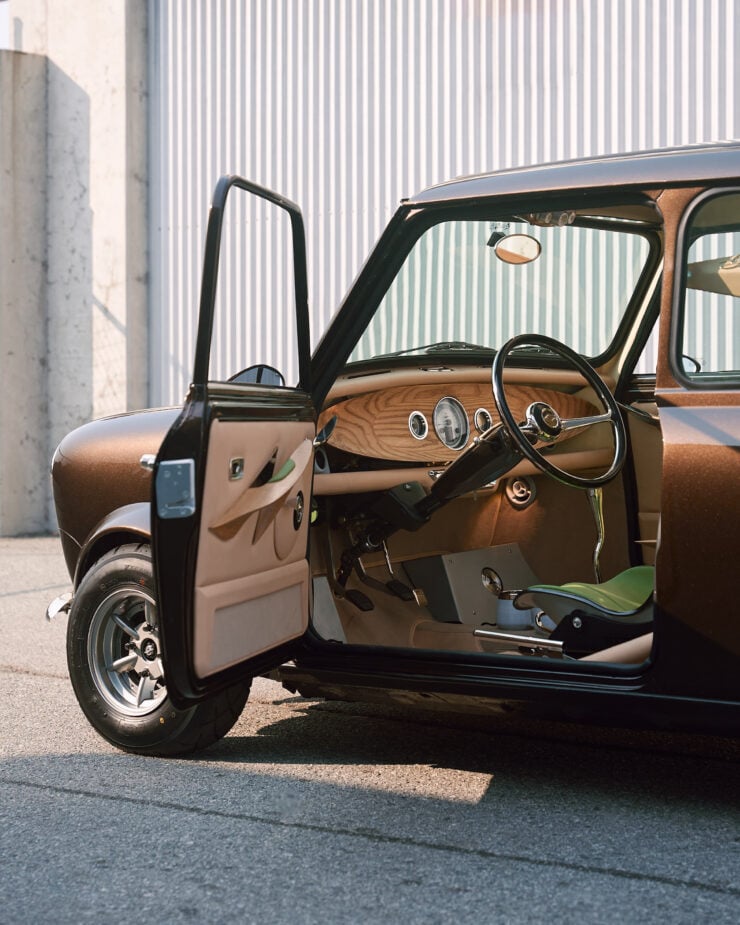
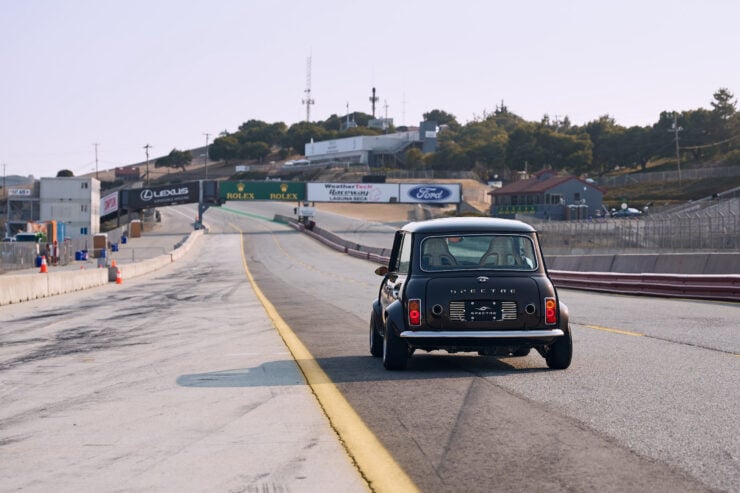
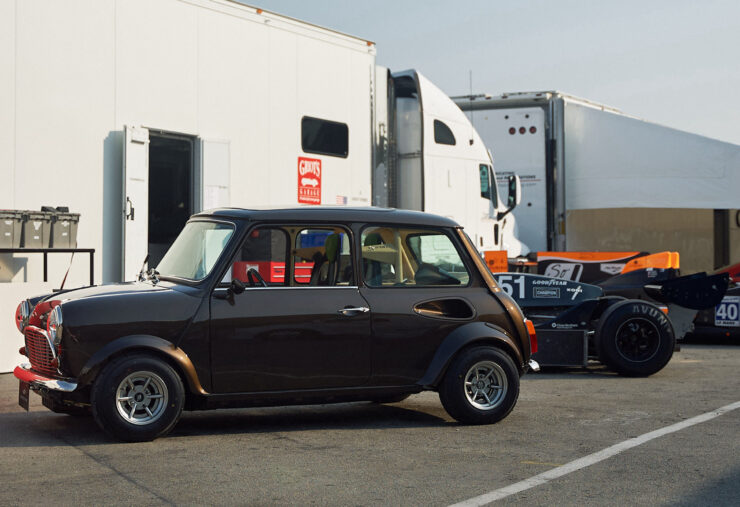
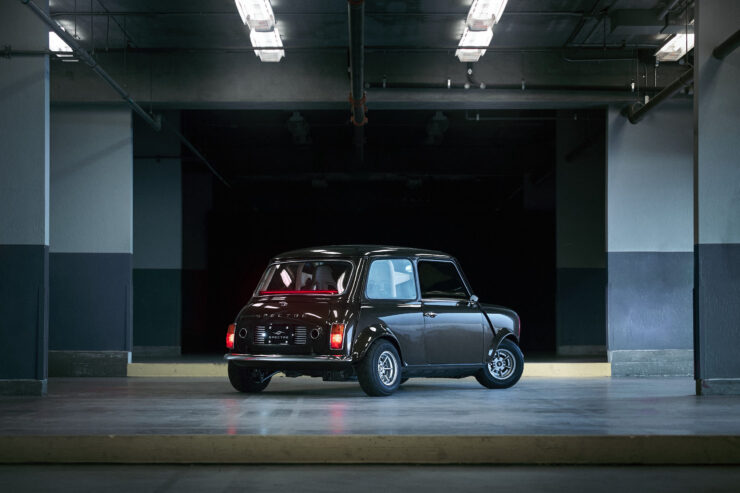
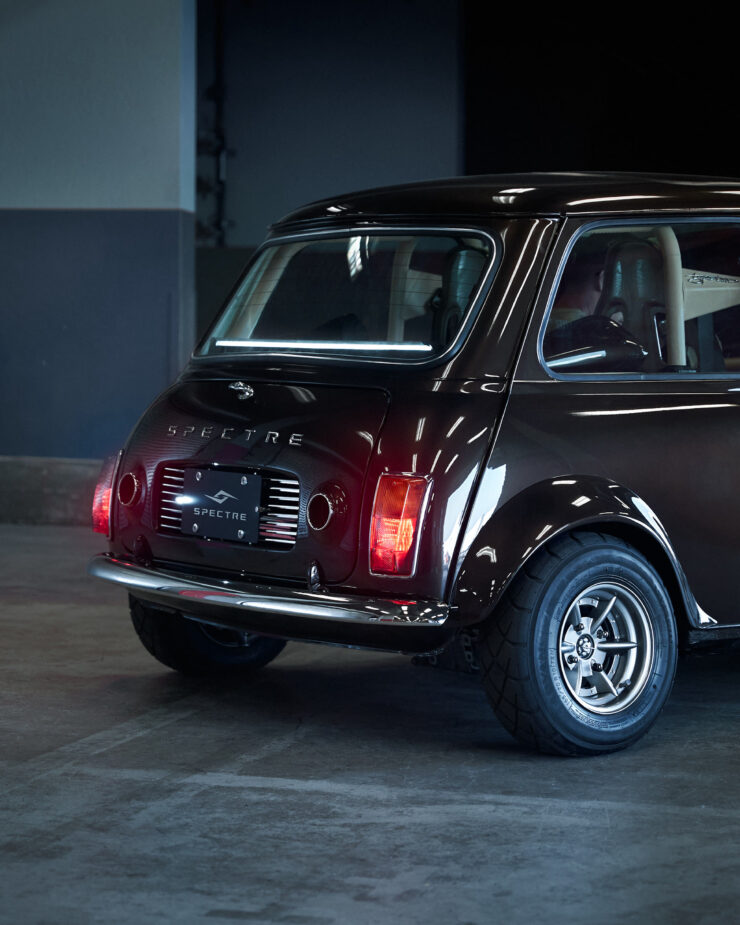
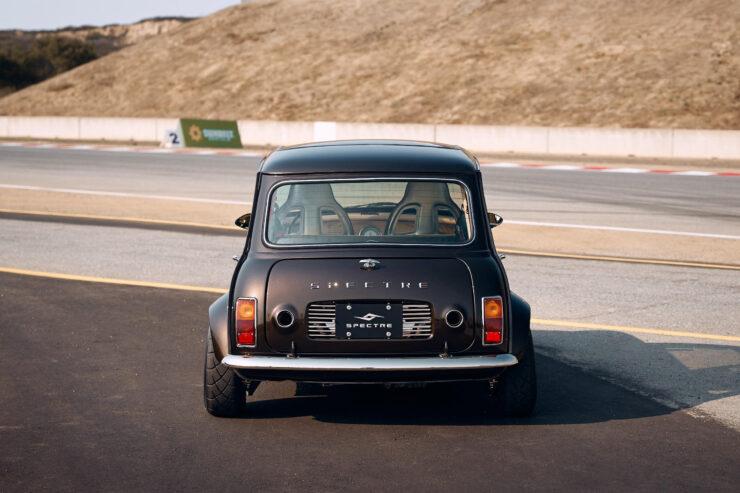
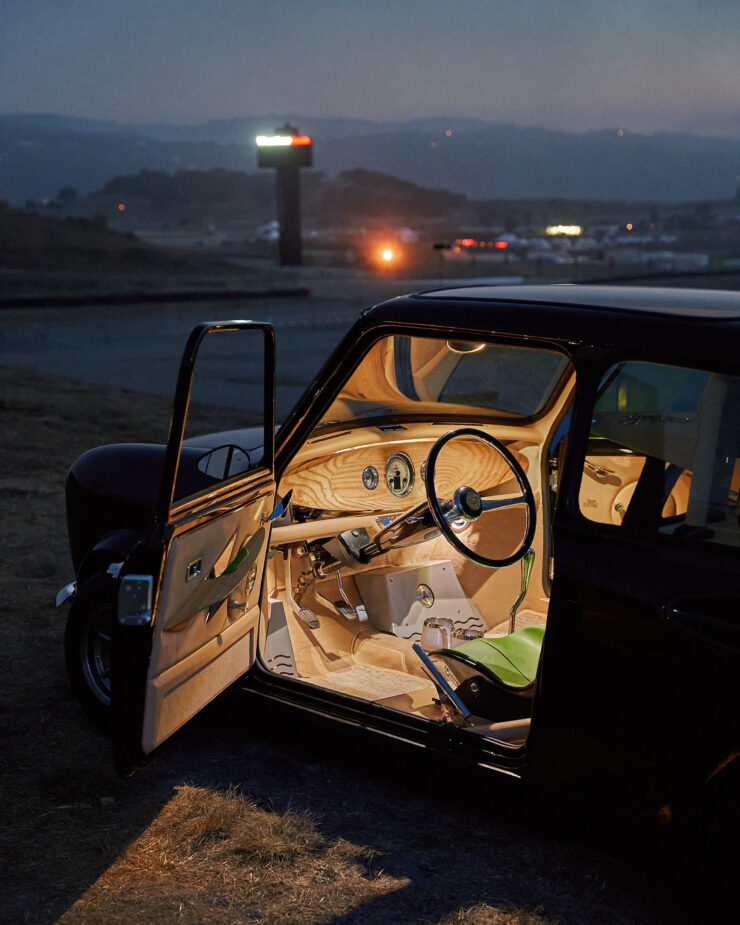
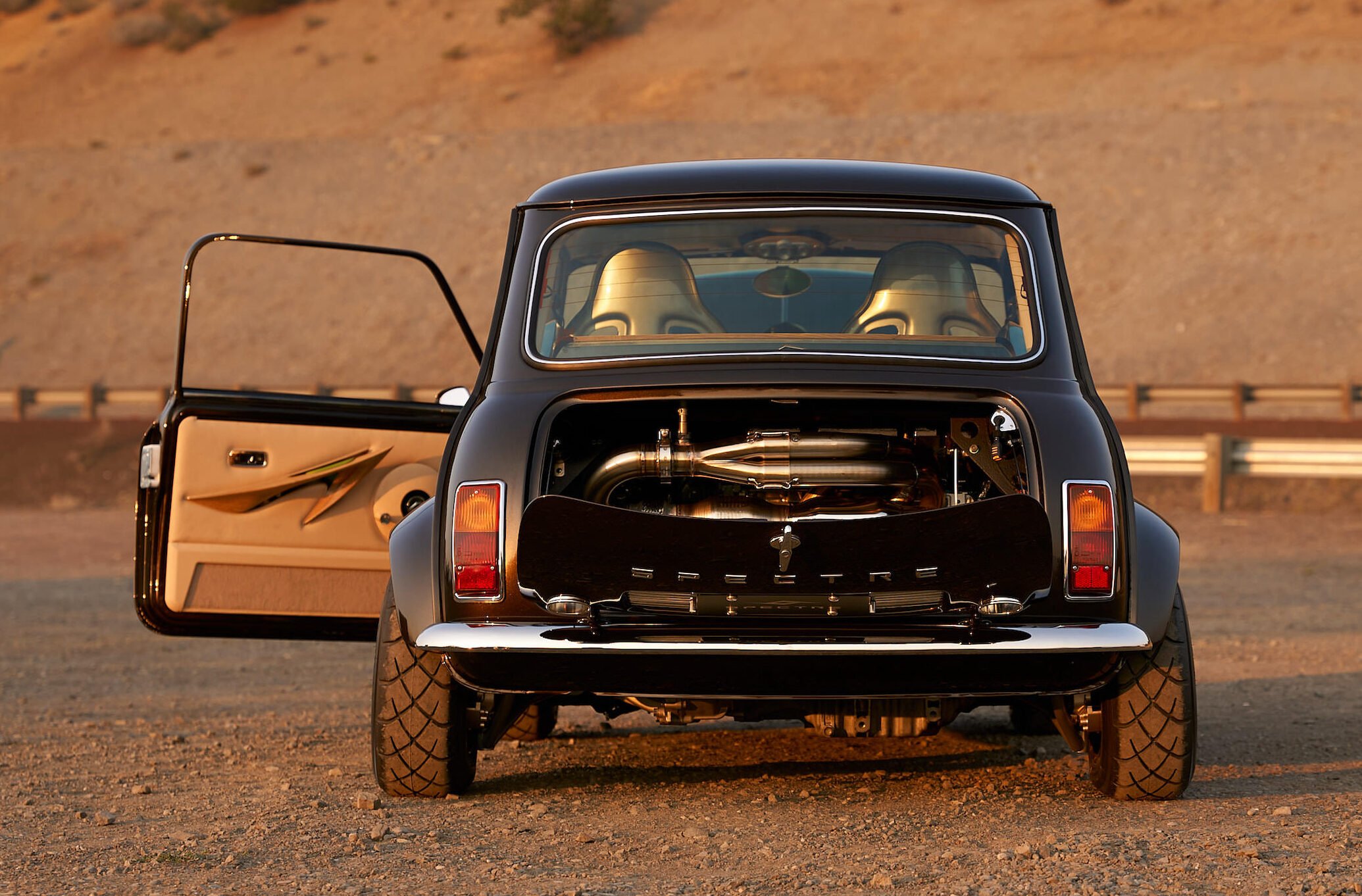
The post The Spectre Type 10 – A 230 RWHP Mid-Engined Mini Supercar appeared first on Silodrome.